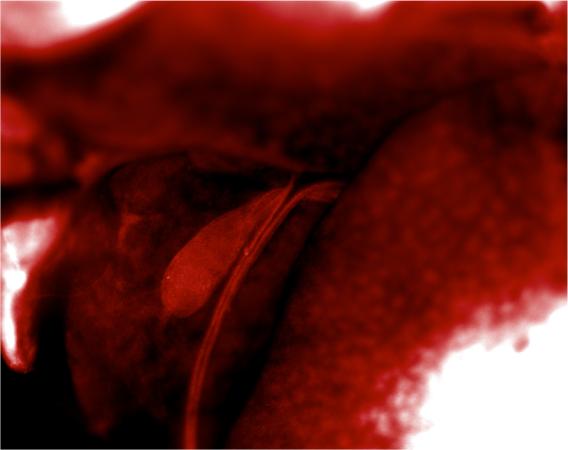Advances in identifying and capturing various kinds of stem cells, and in zygote genome editing, have broadened the repertoire and utility of interspecies mammalian chimeras and carved out new paths towards understanding fundamental biology and developing regenerative medicine applications [1].
Interspecies chimeras can be robustly generated between rodent species. Interestingly, chimeras born from rat surrogates were generally rat-sized and those born from mouse surrogates were mouse-sized. In addition, the chimeric contribution of xenogeneic cells seems to display lineage bias.
Intriguingly, it was found rat PSCs could contribute to mouse gallbladder, despite the fact that rats don't have gallbladders. This result suggests that the mouse microenvironment was able to unlock a gallbladder developmental program in rat cells that is normally suppressed during rat development [2].
Some rodent interspecies chimeras displayed behavior features that were intermediate between the two species, thereby raising an intriguing question: can interspecies chimeras retain behavioral traits characteristic of the donor species? These unique phenotypic features make interspecies chimeras invaluable experimental models for gaining novel insights into development, stem cell potential and evolution, which provide valuable opportunities to model human disease and develop novel therapeutics.
Despite these advances, however, interspecies chimera research is still in its infancy. Molecular, cellular, organismal and behavioral features of interspecies chimeras remain largely unexplored beyond superficial descriptions. To fill the void, and to establish interspecies chimeras as critical resource for broadening our knowledge of development and evolution, which undoubtedly will help better understand and combat human diseases, we propose to address, with rodent models, several intriguing questions related to interspecies chimerism:
- How does host microenvironment influence xenogeneic donor cells at the molecular and cellular levels?
- How are organ and body size determined across species?
- What are the molecular mechanisms underlying xenogeneic lineage bias?
- How does detection and processing of the sensory information differ across species?
References
- Wu J, Greely HT, Jaenisch R, Nakauchi H, Rossant J, Belmonte JCI. (2016) Stem cells and interspecies chimaeras. Nature. 540: 51-59.
- Wu J, Platero-Luengo A, Sakurai M, Sugawara A, Gil MA, Yamauchi T, et al. (2017) Interspecies Chimerism with Mammalian Pluripotent Stem Cells. Cell. 2017;168: 473-486.e15.
 Although rats do not have gallbladders, rat stem cells (red) produced the gallbladder in this rat-mouse chimera. This result suggests that altering the microenvironment could unlock normally suppressed developmental program, and opens opportunities for research and for regenerative medicine.
Although rats do not have gallbladders, rat stem cells (red) produced the gallbladder in this rat-mouse chimera. This result suggests that altering the microenvironment could unlock normally suppressed developmental program, and opens opportunities for research and for regenerative medicine.